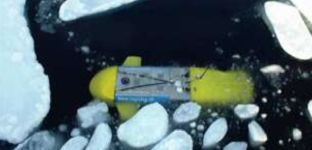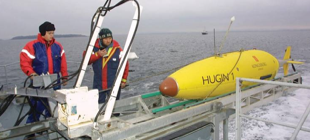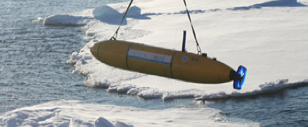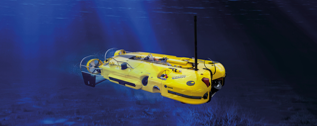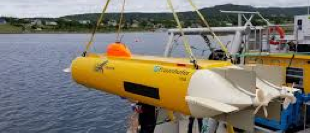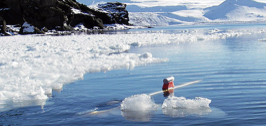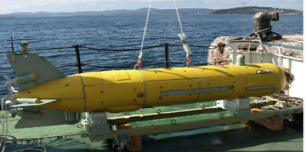Caveat: These sections on Legal Issues have been compiled by a generalist in AUV operations and technology. The law concerning AUVs and their operations remains complex with a number of uncertainties and no clear international harmonisation. Operators are advised to seek their own legal advice from qualified legal experts, advice specific to their own country and area of operation.
This Guide does help in prompting some of the questions to ask when seeking advice.
In most regards the legal issues surrounding the operation of AUVs in the Arctic will be the same as those faced by operators in temperate latitudes. The legal standing and customary practice concerning the Maritime Zones prevail. AUV operators that are familiar with working in the EEZs of foreign nations will be familiar with the procedures whether for marine scientific research, commerce, or military data gathering, in brief:
• If the AUV Marine Scientific Research (MSR) is funded by States other than the Arctic State in whose waters it would take place then formal application is required under Part XIII of UNCLOS. Guidance on how to make an application can be found in the UN Publication ‘Law of the Sea – Marine Scientific Research – A revised guide to the implementation of the relevant provisions of the United Nations Convention on the Law of the Sea'.
• Within the Arctic maritime zones under the control of the eight Arctic States (five Arctic Ocean and three high latitude) commercial use of AUVs would require explicit permission from those States unless the commercial use was sponsored by the Arctic State in whose waters the operations would take place. However, in the Arctic, outside of the maritime zones under the control of the Arctic States, commercial AUV activities is allowed as a freedom of the High Seas.
• In the Arctic maritime zones under the control of the Arctic States the situation for the operation of AUVs for defence or military data gathering is complicated. Most major Maritime Powers would consider the deployment of naval AUVs for peaceful purposes outside the territorial sea of a Coastal State a Freedom of the High Seas. This is an issue that is not specific to the Arctic States, it continues to be a controversial question in international maritime law, with no authoritative judicial ruling to date, Papastavridis (2017).
All five nations that border the Arctic Ocean have companies and researchers with first-hand experience of the design, construction and operation of AUVs. Consequently, there should be local knowledge and awareness of AUV legal matters. Clockwise from top right: Denmark, Maridan 150 here in the Arctic in 2002; Norway, an early Hugin prototype developed by the Norwegian Defence Research Establishment (FFI) now from Kongsberg; Canada, Kraken Robotics' Thunderfish, a recent, 2019 AUV; USA, Bluefin Robotics' Bluefin AUV 'Paul' owned and operated by Germany's Alfred Wegener Institute, here at 70˚N in the Fram Strait in 2010; Russian Federation, MT-2010 'Pilgrim' AUV. Of the other three Arctic States, Sweden and Iceland also have AUV manufacturers and operators: Sweden, twin-motor AUV from Saab Seaeye; Iceland, Teledyne Gavia AUV, a two-person portable AUV used on numerous Arctic missions. Images from Wernli (2002), FFI, Kraken Robotics, AWI, Inzartsev et al. (2017), Saab Seaeye and Teledyne Gavia,
Legal Issues of AUV Operations in the Arctic

